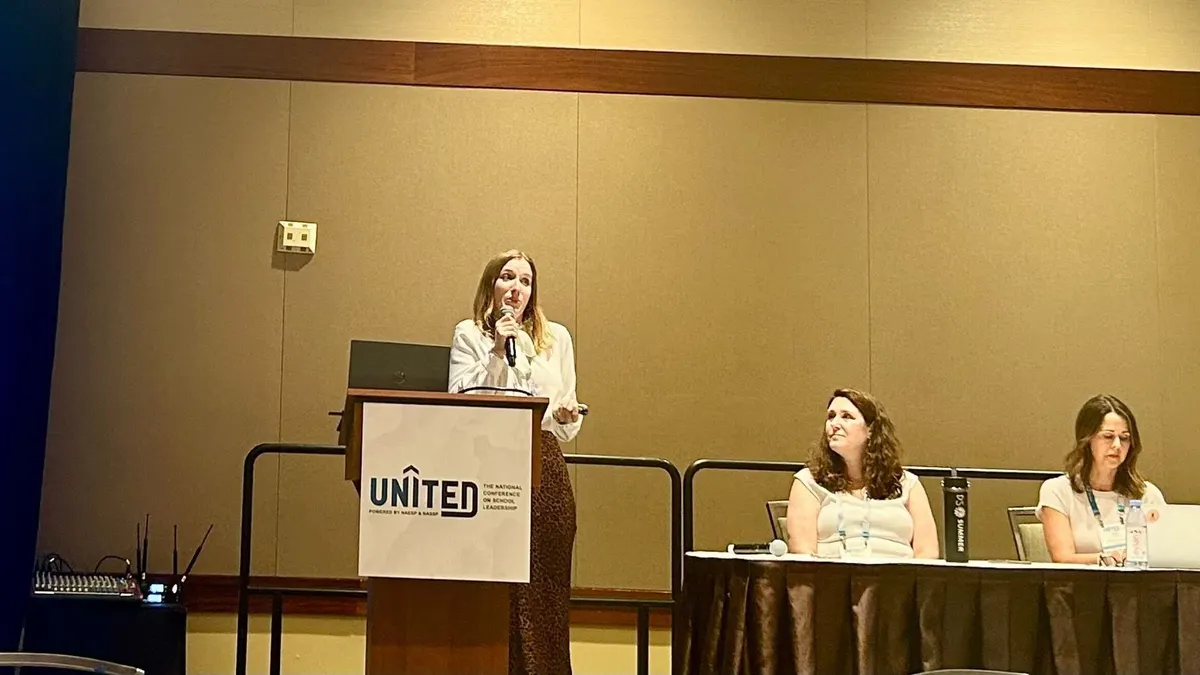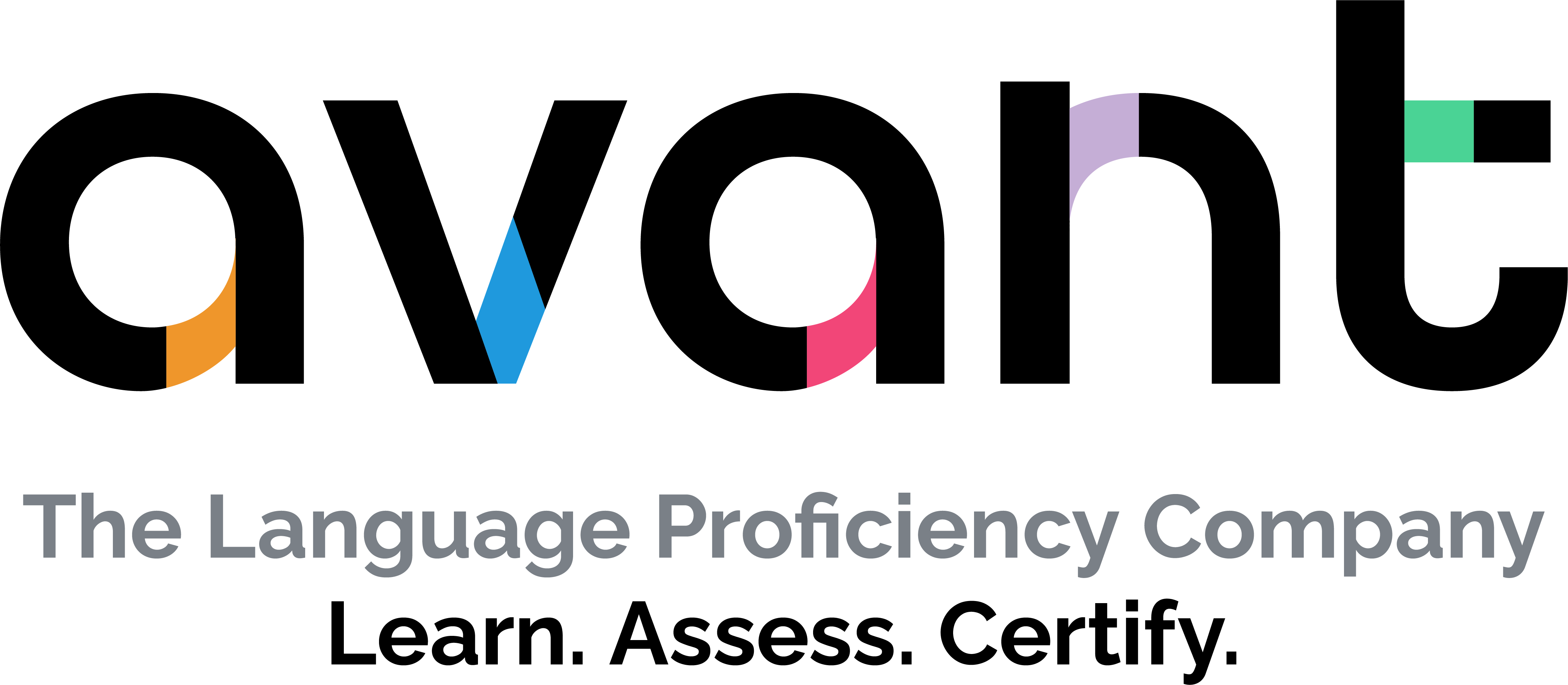Year after year — and especially since the pandemic — data shows LGBTQ+ students have elevated rates of depression, anxiety and suicidal thoughts but struggle to get mental health support. Also consistently true: LGTBQ+ students who have access to schools that affirm their identities report better mental health outcomes.
This mounting evidence comes as schools across the country mobilize to support these students, especially in light of anti-LGBTQ+ policies that students say have negatively impacted their mental health.
Part of the resources some schools may offer are gender support plans, which can help educators and staff address the unique needs of transgender and nonbinary students.
What are gender support plans?
Gender support plans — or GSPs — are detailed forms intended to "create a shared understanding among school staff, parents and a student about the ways in which the student's authentic gender will be accounted for and supported at school," according to Gender Spectrum, a national pro-LGBTQ+ nonprofit that provides support, training and guidance for schools.
Every GSP is unique based on the student’s needs, personality, surrounding community and family, among other things, making them similar to Individualized Education Plans.
"What all GSPs share in common is an intentional and transparent process for systematically addressing the various areas that can otherwise negatively impact the student’s experience at school," according to a Gender Spectrum spokesperson.
This can include how to navigate changes to a student's name or pronouns, their access to facilities and student records. The form walks through ways schools can account for other aspects of gender identity in schools, like how to handle dress code requirements, provide school transportation in a way that accounts for gender identity, or provide rooming during overnight trips.
"Districts should adopt plans that center the student and ensure that school remains a safe place for the student and that no student is discriminated against based on their gender identity," said Sara Furlow, an attorney for law firm Tully Rinckey, in an email.
Considering a final rule for Title IX — the civil rights law protecting students from sex discrimination — will likely include protections for LGBTQ+ students for the first time, GSPs may be even more useful for this purpose.
However, it's important to note that they also have garnered pushback by conservative organizations for allegedly infringing on parental rights.
Who is involved in GSPs?
The answer to this varies by case. "School staff, caregivers and the student should work together to complete this document," according to a gender support plan form distributed by the Association of California School Administrators.
However, school staff should closely collaborate with the student to determine whether caregivers or others should be involved in the conversation, according to Gender Spectrum. For example, parents may not always be onboard, considering that fewer than 40% of LGBTQ youth found their homes to be affirming, according to The Trevor Project.
"If there is a way to include parents in formulating the policies for gender support plans, it should be explored," said Furlow.
When GSPs must be kept from parents or others, schools should consider how to keep the information confidential when discussing supports needed for a student who has other plans, like IEPs or Section 504 plans, that are discussed with guardians, Furlow added.
What should schools consider when using GSPs?
"Schools should determine how to act when developing a GSP rises to the level of a safety concern that requires the school staff to be a mandated reporter," said Furlow.
Local and state laws, as well as school policies and practices, may influence how GSPs are used and shared.
New parental notification laws in conservative-leaning states, for example, require schools in some states to inform parents of pronoun changes — a key part of the GSP form. Other policies may prohibit the use of preferred pronouns altogether.
Bathroom and locker room access and students' involvement on teams aligning with their gender identities — which can all be part of GSPs — also vary widely by state and district.
GSPs are similar to the above issues that have divided the education community in that their application in some states is still being determined by constantly changing lawsuits and policies. Specifically, whether parents should be involved in creating and implementing GSPs is the subject of multiple lawsuits.
A lawsuit brought by parents against the Montgomery County Board of Education, for example, challenged the board's guidelines adopted in 2020-21 permitting the implementation of gender support plans without the knowledge or consent of students' parents. In that case, the 4th Circuit Court of Appeals said last month parents could not challenge the policy because they "have not alleged that their children have gender support plans, are transgender or are even struggling with issues of gender identity."
Another lawsuit brought by parents against Florida's Leon County School Board claims administrators' decision to develop a gender support plan for their 13-year-old daughter without the parents' knowledge violated their constitutional right to direct the upbringing of their children and to make medical and mental health decisions.
In May, 21 Republican state attorneys general filed an amicus brief in support of the parents in that case, making clear their states' policy positions on GSPs and parental involvement.
“When a student considers transitioning gender, parents have a fundamental, constitutional right to be involved in that decision making process," they wrote. "Yet school districts across the country, strong-armed by ideologically driven advocacy groups, have shut parents out of the process and trampled on their fundamental rights."
On the other hand, a student's gender identity may be considered confidential medical information, and disclosing it to parents without a student’s consent could violate privacy laws, according to Furlow.








 Dive Awards
Dive Awards













